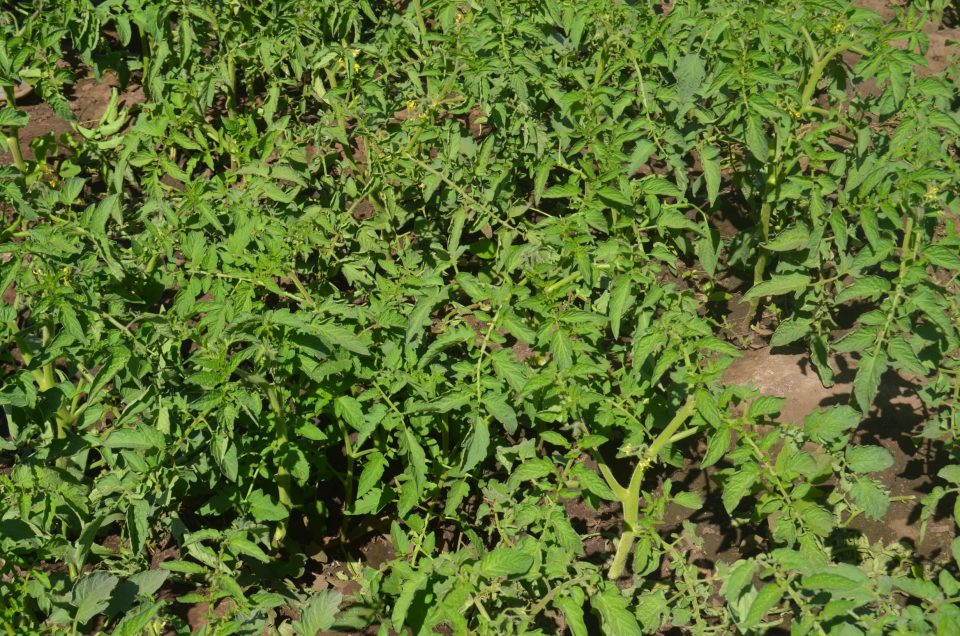Ripple Effects
Willow Balala, 35, a father of two from Traditional Authority Pemba, remembers when farming was a predictable and rewarding way of life.
He said 14 bags of maize weighing 50 Kilogrammes (Kgs) each is not enough to take him and his family to the next farming season.
“We used to have bumper harvests each and every farming season, harvesting about 45 bags weighing 50 (Kgs) each. But this is no longer the case,’’ bemoaned Balala.
Balala’s story is echoed by fellow subsistence farmer Hawa Nkhonjera.
Nkhonjera adds that the situation is dire in many parts of the Lakeshore district.
Indeed, recent crop estimates confirm the nation’s food challenges. Malawi harvested 2,962,620 metric tonnes of maize this year—well short of the 3.5 million metric tonnes needed to meet national demand.
Turning the tide
Now, Balala has embraced irrigation farming and modern technologies of farming. He is set to make a fortune in tomato farming and said that he is anticipating a good harvest in few months’ time.
“I am planning to buy enough food supplies for my family and I will use the remainder of the profits to invest,” he disclosed.
According to Nkhonjera, one of the organisations working in the Lakeshore District, World Relief Malawi, has encouraged vulnerable communities to form farmers groups.
Apart from forming groups, the organization supported them with irrigation equipment and capacity building.
A Representative of the organisation, Thokozani Banda, said the development is part of deliberate efforts of Climate Just Communities (CJC) project which is promoting resilience among vulnerable communities in the district.

In Salima, World Relief Malawi is working in two traditional athorities of Pemba and Ndindi respectively.
Call to action
Climate Just Communities (CJC) Project, with support from Scottish Government through DAI UK, is being implemented in Salima, Chikwawa, Karonga, Neno, Phalombe, Zomba and Machinga districts.
Chairperson of the Steering Committee of CJC Malawi, Fedson Chikuse, who is also Deputy Director of Disaster Preparedness in the Department of Disaster Management Affairs (DoDMA), praised the project.
He said, “as DoDMA, every year, we are asked to provide food assistance to food insecure households and the numbers keep rising.
This is a good project as it will enable people to produce more food and reduce the number of households that will require food assistance.”
While Sustainable Development Goal (SDG) number 2 of the United Nations seeks to end hunger in all forms by 2030, it is projected that more than 600 million people worldwide will be hit by hunger, highlighting the immense challenge of achieving the zero hunger target.
By Charles Chindongo



